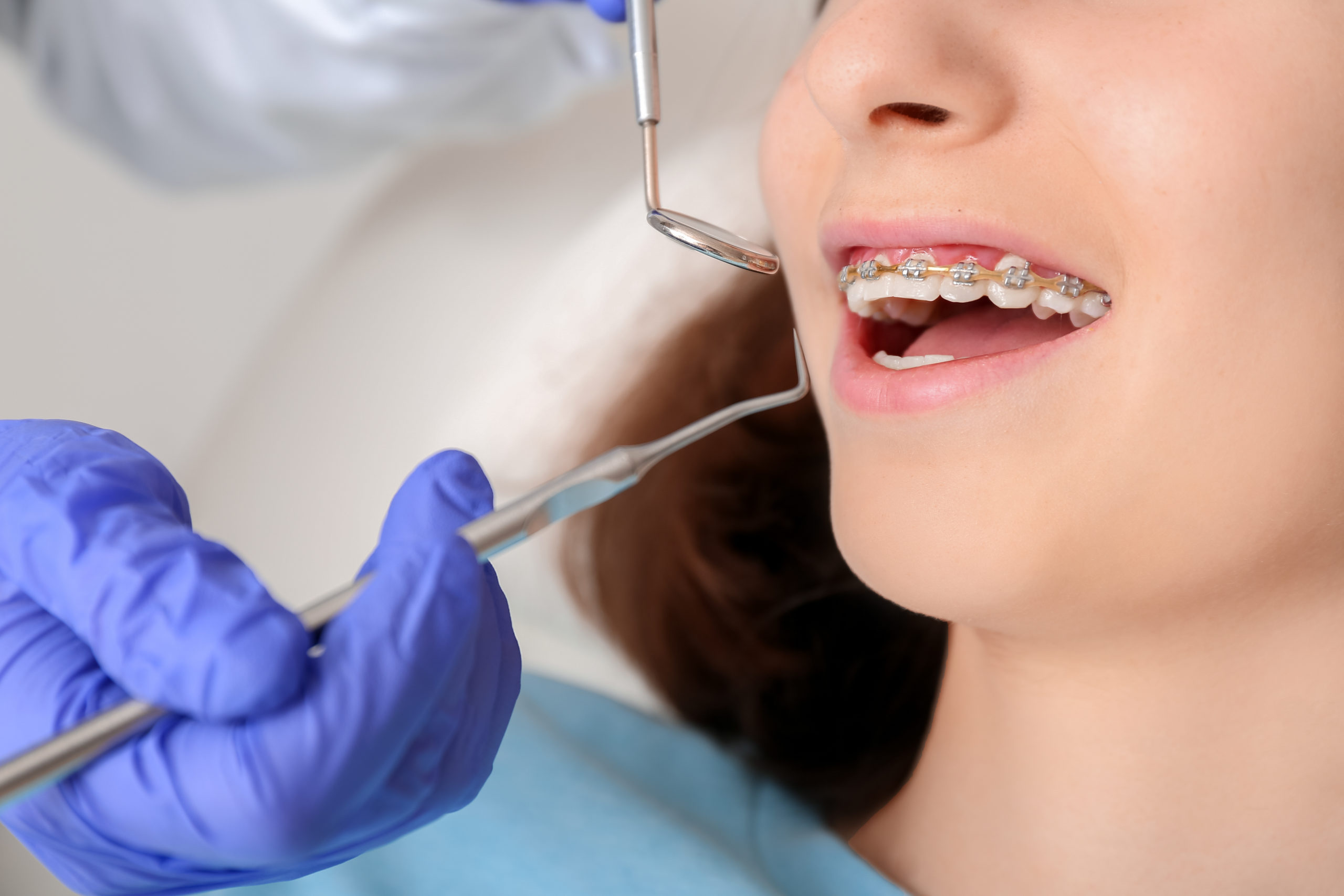What Sets Cumming Braces and Aligners Besides Various Other Orthodontic Treatments
Wiki Article
Comprehensive Overview to Orthodontics Treatments for Dealing With Oral Misalignments
Recognizing the ins and outs of each procedure, including their systems, benefits, and possible downsides, is vital in making notified decisions concerning one's orthodontic therapy. As we browse with the extensive guide to orthodontic treatments for remedying dental imbalances, the intricate information of each technique will unravel, dropping light on the path toward a practical and harmonious oral positioning.Orthodontic Procedures Overview

Along with standard dental braces and clear aligners, orthodontists may additionally recommend various other treatments like headgear, palatal expanders, or retainers to address details alignment concerns (orthodontics). These procedures are customized per client's special demands and may include a mix of therapies to achieve the wanted outcomes. Regular changes and monitoring are important parts of orthodontic therapy to make sure progression gets on track and to make any essential adjustments in the process. By undertaking orthodontic treatments, people can not only accomplish a straighter grin yet also enhance their total dental health and function.
Conventional Braces: How They Work
When taking into consideration orthodontic therapies for dental imbalances, traditional dental braces stand apart as a tried and true method for remedying teeth placing. Traditional dental braces contain brackets, cables, and bands that function with each other to apply continual pressure on the teeth, slowly relocating them into the desired alignment. The braces are connected to the teeth using an unique adhesive, and the wires are threaded via the brackets. By readjusting the stress of the cables, orthodontists can regulate the direction and force put on each tooth, assisting them right into appropriate alignment in time.
As pressure is used to the teeth with the braces, the bone bordering the teeth is improved to support the new tooth positions. Clients will certainly need routine adjustments at the orthodontist's workplace to ensure the braces continue to use the correct stress for reliable teeth activity.
Invisible Aligners: Benefits And Drawbacks
These clear, custom-made trays are essentially unnoticeable when worn, making them an attractive option for people looking for an extra aesthetically pleasing orthodontic therapy. Clients can get rid of the aligners before consuming or cleaning their teeth, minimizing the risk of food getting stuck in the device and simplifying the cleansing procedure.
Surgical Orthodontic Options
Surgical treatments in orthodontics existing feasible choices for attending to complicated dental misalignments that might not be properly settled with standard orthodontic therapies. While typical dental braces and undetectable aligners can deal with Read More Here several orthodontic problems, specific cases call for medical intervention to attain optimum results. Surgical orthodontic options are generally recommended for severe malocclusions, considerable jaw inconsistencies, and cases where the underlying bone framework requires alteration to achieve proper placement.One typical medical orthodontic procedure is orthognathic surgery, which involves rearranging the jaws to fix useful problems such as difficulty eating or speaking. This surgical treatment is typically performed in partnership with an orthodontist who assists align the teeth before and after the treatment. Surgical orthodontics might additionally involve procedures to expose influenced teeth, get rid of excess periodontal tissue, or improve the jawbone to produce a more unified face profile.
Before thinking about medical orthodontic choices, individuals go through a detailed examination to establish the necessity and prospective advantages of such interventions. cumming invisalign. While surgical procedure may appear complicated, it can considerably boost both the feature and visual appeals of the smile in instances where traditional orthodontic treatments drop short
Retainers and Post-Treatment Care

Failure to comply with post-treatment low income dentist care instructions can result in relapse, where the teeth gradually relocate back in the direction of their original settings. Consistent retainer wear, excellent dental hygiene, and normal oral check-ups are vital for preserving the results attained with orthodontic surgical treatment and guaranteeing the long-term security of the remedied dental alignment.
Verdict
Finally, orthodontic procedures offer numerous options for fixing oral imbalances. Traditional dental braces utilize steel braces and cables to shift teeth into proper alignment. Invisible aligners give an even more very discreet option but might not appropriate for all situations. Surgical orthodontic options are offered for more serious misalignments. Retainers are typically utilized post-treatment to maintain the brand-new placement. On the whole, orthodontic procedures can efficiently enhance dental health and wellness and aesthetic appearance.As we browse with the detailed guide to orthodontic treatments for fixing oral imbalances, the elaborate details of each approach will certainly unfold, losing light on the path towards a functional and harmonious oral positioning. - cumming invisalign
One of the most usual orthodontic treatments is the usage of dental braces, which are composed of metal brackets and wires that apply mild stress to gradually shift teeth right into the preferred setting.When thinking about orthodontic treatments for oral misalignments, conventional dental braces stand out as a time-tested method for dealing with teeth positioning. Furthermore, unnoticeable aligners discover this may not be appropriate for complicated orthodontic concerns that need even more significant teeth movement, as they are typically suggested for light to moderate instances. Retainers are tailor-made orthodontic gadgets made to hold teeth in their dealt with positions after the conclusion of orthodontic treatment.
Report this wiki page